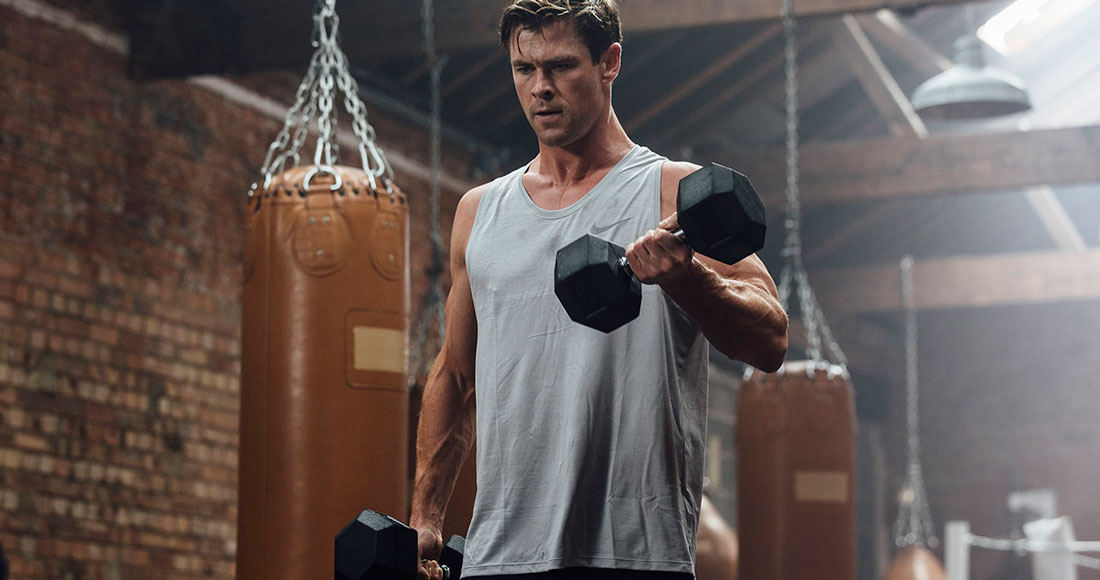You’ve got muscles for aesthetics. You’ve got muscles for strength. But do you have muscles to guarantee you a longer life?
That’s the question scientists wanted to find an answer to and it seems they’ve done it: lift faster whilst maintaining your form. More specifically, ‘muscle power’ is the secret to prolonging your life, according to Professor Claudio Gil Araújo, director of research and education at Brazil’s Exercise Medicine Clinic, CLINIMEX.
“Rising from a chair in old age and kicking a ball depend more on muscle power than muscle strength, yet most weight bearing exercise focuses on the latter,” he explained at a congress of the European Society of Cardiology this week.
“Our study shows for the first time that people with more muscle power tend to live longer.”
But what is ‘muscle power’ exactly?
Muscle power is defined as the body’s ability to generate force with velocity within a co-ordinated movement – i.e. the measure of work performed per unit of time. More power is generated when the same amount of work is done in a shorter amount of time, or when more work is done in the same amount of time.
Think 10 box jumps in 10 seconds or 20 muscle-ups in 10 seconds – the typical timed high-intensity exercises that most people love to hate. It differs to muscle strength in the sense that scaling stairs fast requires muscle power whilst pushing a heavy object requires muscle strength.
“Power training is carried out by finding the best combination of speed and weight being lifted or moved. For strength training at the gym most people just think about the amount of weight being lifted and the number of repetitions without paying attention to the speed of execution,” said Professor Araújo. “But for optimal power training results, you should go beyond typical strength training and add speed to your weight lifts.”
The reason for this is because humans experience a decrease in muscle power from the age of 40. Professor Araújo and his team believe that muscle power is “strongly related to all-cause mortality”.
“The good news is that you only need to be above the median for your sex to have the best survival, with no further benefit in becoming even more powerful,” he said.
The Brazilian study took into account 3,878 non-athletes aged between 41-85 years between 2001 and 2016. These subjects were split between sexes and exposed to upright row exercises. A follow up median study was then conducted 6.5 years later and it was concluded that participants with a maximal muscle power above the median for their sex had the best survival rates. Meanwhile, those with maximal muscle power below the median possessed a higher risk of dying.
Professor Araújo notes that this is the first time muscle power has been assessed in a medically quantitative way. In the past there had been similar studies which relied on handgrip exercises in relation to muscle strength, but not one that replicated the common movement used by most humans in daily life. Think picking up groceries or carrying things.
Whilst there’s evidence for this connection between muscle power and mortality, the researchers want to go one further by examining the relationship between muscle power and specific causes of death including cardiovascular diseases and cancer.
“Doctors should consider measuring muscle power in their patients and advise more power training,” added Professor Araújo.
Keen to do what it takes to live longer? Here’s the type of exercises suggested by the European Society of Cardiology to increase your muscle power.
- Choose multiple exercises for the upper and lower body
- Choose a weight with the load to achieve the maximal power (not so easy to lift and not so heavy that you can barely lift it)
- Do one to three sets of six to eight repetitions moving the weight as fast as possible while you contract your muscles (slow or natural speed in returning to initial position)
- Rest for 20 seconds between each set to sufficiently replenish the energy stores in your muscles to start the new set
- Repeat the above for the other exercises (biceps curl, etc.).
Progression is just as important as starting so don’t be complacent when things get easy.
- Start with six repetitions in each set and when the exercise becomes easy, try to increase to eight
- If it becomes easy again, increase the weight and go back to six repetitions
- If you unable to complete the repetitions with the proper technique, avoid “cheating” and go back to less repetitions or less weight. This is important to prevent injuries.
